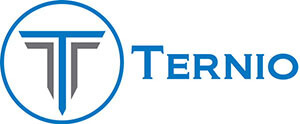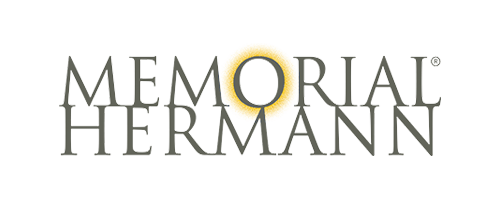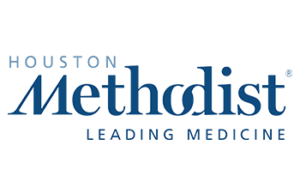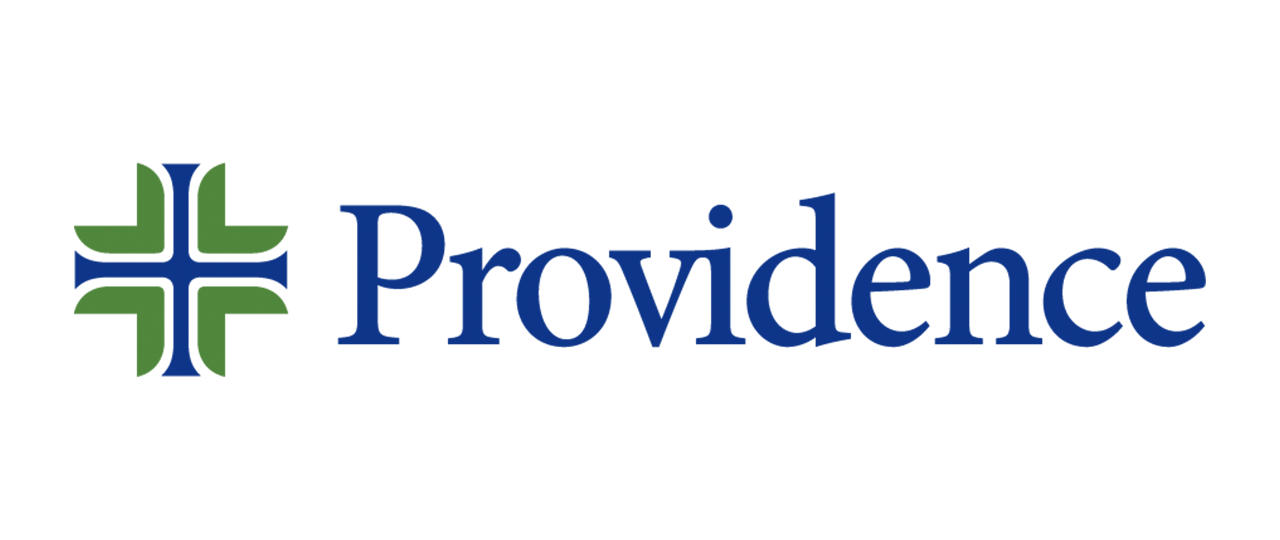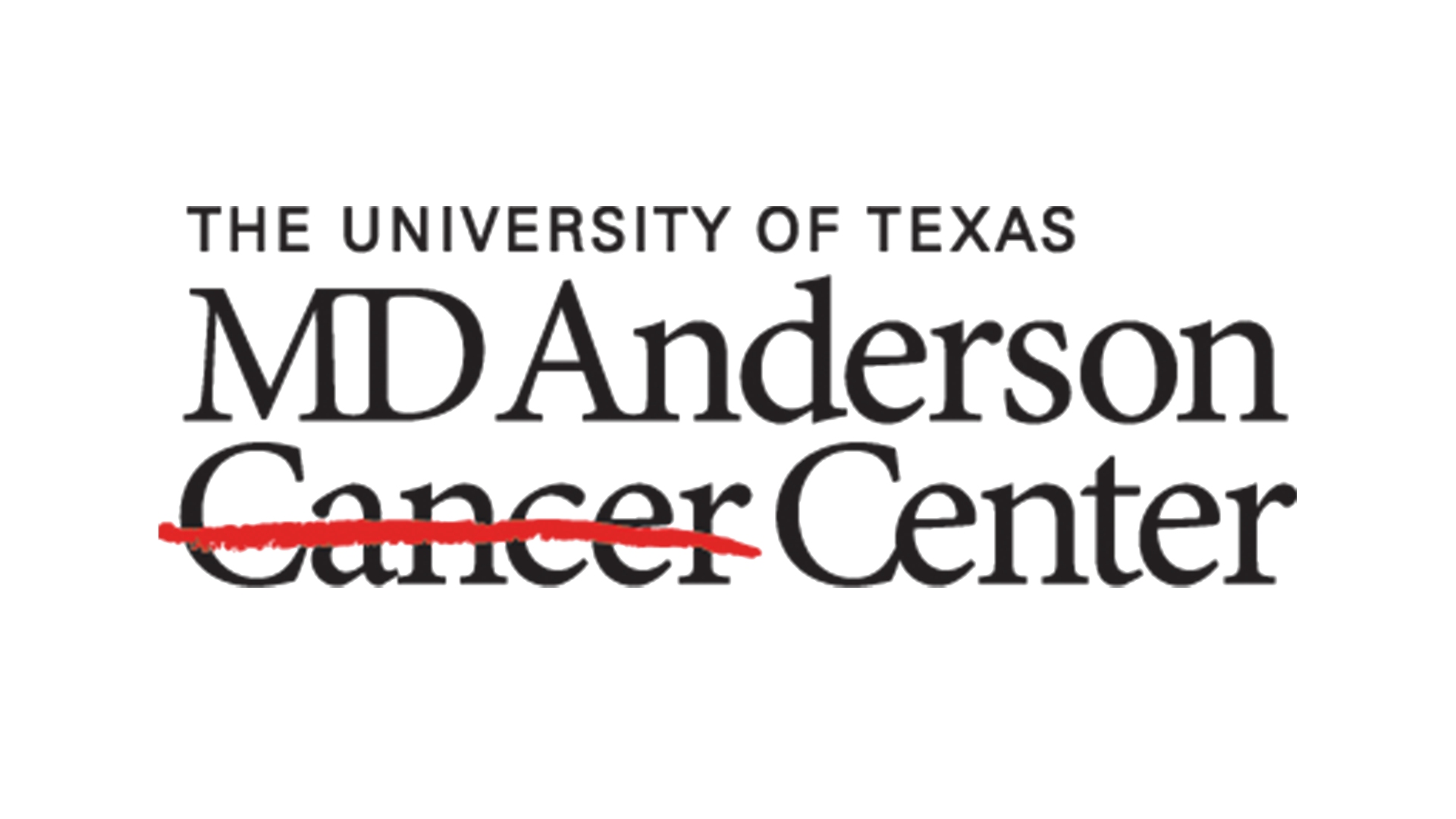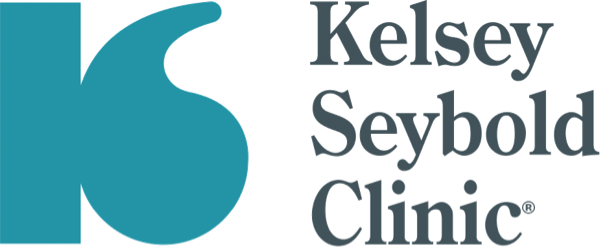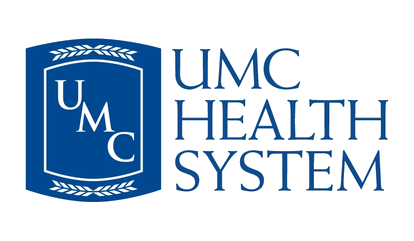What happens when the need for a technological solution collides with a labor shortage?
“I know that implementing a technology solution for preference card management will improve OR efficiency, reduce administrative tasks for my clinicians, and improve job satisfaction and that this will help me recruit and retain clinical staff. But because of the labor shortage, I don’t have a clinical champion to implement a new technology solution.”
Sound familiar?
If a hospital has inaccurate preference cards, they are going to have an ineffective or inefficient supply stream. They are going to have elevated supplies. They are going to be handling them more often. They are going to be returning those unneeded supplies. They are going to be retrieving needed supplies during the procedure that should have been in the OR in the first place.
But the inefficiency goes beyond the physical touching and handling aspect. There’s also the documentation. And then there’s finding those items and making sure the patient charges are correct. That might require an audit…
Are hospitals able to calculate the actual cost per case? If they don’t have an accurate preference card management system, many other things are going to fall short. And they don’t have money for those other things because of the amount they’re overspending now because of inefficient, inaccurate preference cards.
A classic “Catch 22”?
Merriam Webster defines a “Catch 22” as a problematic situation for which the only solution is denied by a circumstance inherent in the problem. The above scenario seems to fit this definition.
You’ve got to have a clinical champion to implement this stuff. But the problems that you have in the labor pool prevent you from hiring, retaining, or even identifying that person and putting them in place. So how do you ever solve the problem? We’ll get to our ideas on that, but first a little context.
How did we get here?
Let’s step back for a moment. Nursing shortages have occurred regularly in the past. The current nursing shortage was not only predictable, but it was also in fact, clearly forecast. A 2015 study predicted that over one million RNs would retire from the workforce by 2030[i]. And the retirement rate has only accelerated due to Covid.
The baby boom retirement phenomenon, demanding working conditions, and perceived low compensation are driving nurses out of hospital staff positions and into travel nursing, where they have greater scheduling flexibility and much better compensation packages. The cost of labor at a typical hospital, which had been increasing at a predictable but manageable annual rate, has seen that rate skyrocket due to the increased reliance on travel nurses, whose wages were 3 to 4 times those of regular full-time nurses in January 2021[ii].
The Importance of “Tribal Knowledge”
The increased reliance on travel nurses not only adds labor costs, but also increases the importance of accurate preference cards. Staff nurses and physicians, because they have worked together for long periods of time, have accumulated “tribal knowledge” that enables them to be less dependent on the preference cards. They just “know” what they need. For the travel nurse, the preference card is the only reference available, meaning its accuracy is of paramount importance.
Solutions (or at least a step forward)
The magnitude of the current nursing shortage is greater than ever before in this country[iii]. As of May 2021, US hospitals employed over 3,000,000 registered nurses[iv]. It is a fact that there are more qualified nursing candidates in the US than any single hospital or hospital group can possibly employ. According to data released in April 2021[v], in programs designed to prepare new registered nurses (RNs) at the baccalaureate level, enrollment increased by 5.6% with 251,145 students now studying in these programs nationwide.
This means that there is an adequate pool of qualified candidates for skilled nursing positions for any single institution. The question becomes why should they come work for you?
“Culture Eats Strategy for Breakfast”
The well-known Peter Drucker quote implies that the culture of your company always determines your success regardless of how effective your strategy may otherwise be. The human factor is the determining factor. If the people executing your strategy don’t understand and believe in the organization’s vision and help nurture the appropriate culture, your projects will fail, and you will find yourself at a disadvantage. Your strategy will get eaten — for breakfast, lunch, and dinner.
People are largely motivated to get into nursing because they are caring individuals who want to serve the needs of their patients. Pay and other compensation are important, of course, but for a large percentage of nursing candidates, compensation alone is not the determining factor. They want to know that providing patient care will be their priority. They want to know that the organization values, supports, and rewards them for focusing on this and that the vision and values are reflected not only in mission statements and marketing but are backed up by actions and behaviors that have become part of the culture of the organization.
How does your hospital stack up against other employers in terms of culture? Here are suggestions that can help hospitals “walk the walk” when it comes to culture:
- Ask questions. Conduct a survey. What would your employees change about the organization? What would they like to see happen to make it the perfect career fit for themselves in the long term?
- Articulate and disseminate (through actions as well as words) a clear vision for the organization. Your clinicians need and want to know its direction, mission, and underlying values.
- Celebrate the small wins and incremental successes. Creating and/or nurturing a strong culture doesn’t happen overnight. Be alert to every opportunity to recognize forward progress.
[i] David Auerbach et al., “Will the RN Workforce Weather the Retirement of the Baby Boomers?” Medical Care, Oct. 2015: https://journals.lww.com/lww-medicalcare/Abstract/2015/10000/Will_the_RN_Workforce_Weather_the_Retirement_of.3.aspx
[ii] Why travel nursing will likely outlast the pandemic https://www.advisory.com/daily-briefing/2022/03/18/travel-nursing#:~:text=According%20to%20ZipRecruiter%2C%20during%20the%20Covid%2D19%20pandemic%2C%20wages%20for%20travel%20nurses%20surged%20as%20high%20as%203.4%20times%20the%20wages%20of%20regular%20full%2Dtime%20nurses%20in%20January%202021.
[iii] Linda Workman, “Confronting the Nursing Shortage,” Nurse Key: https://nursekey.com/confronting-the-nursing-shortage/
[iv] Occupational Employment and Wage Statistics, US Bureau of Labor Statistics https://www.bls.gov/oes/current/oes291141.htm#nat
[v] American Association of Colleges of Nursing, “Student Enrollment Surged in U.S. Schools of Nursing in 2020” https://www.aacnnursing.org/News-Information/Press-Releases/View/ArticleId/24802/2020-survey-data-student-enrollment#:~:text=According%20to%20new,these%20programs%20nationwide.
